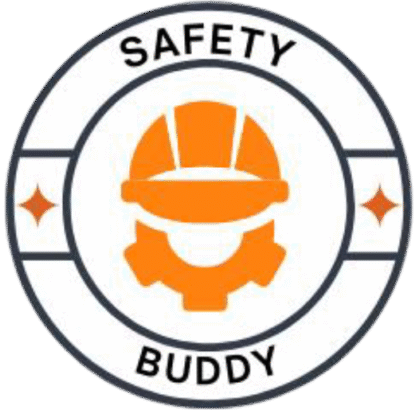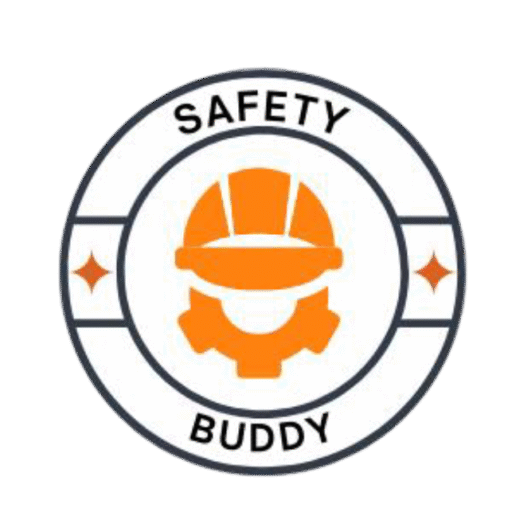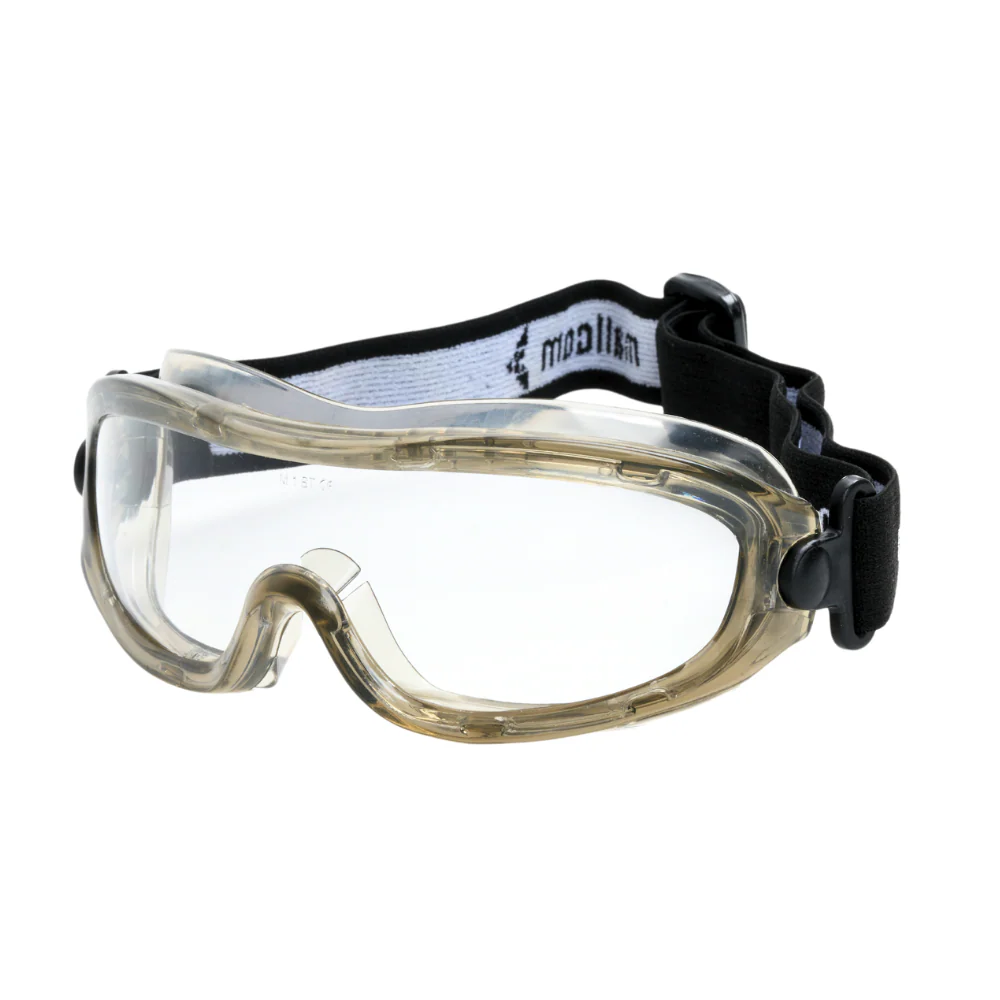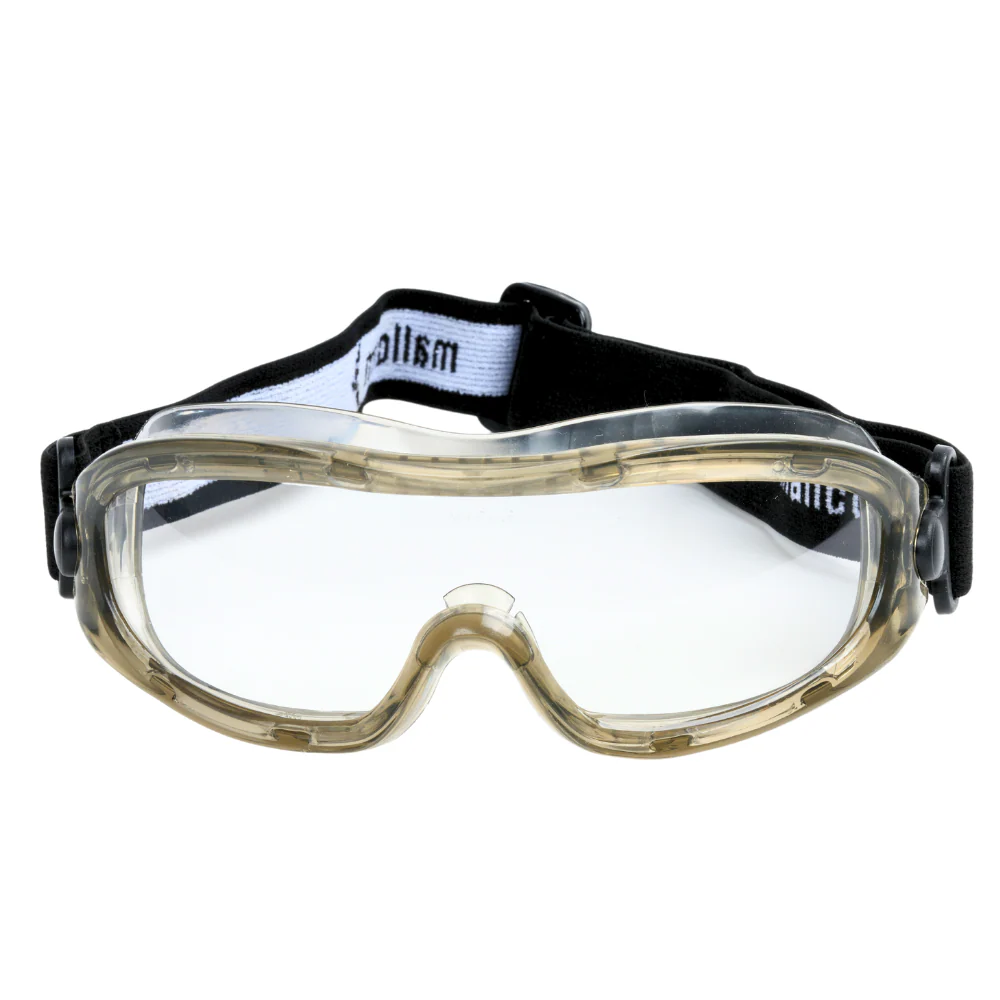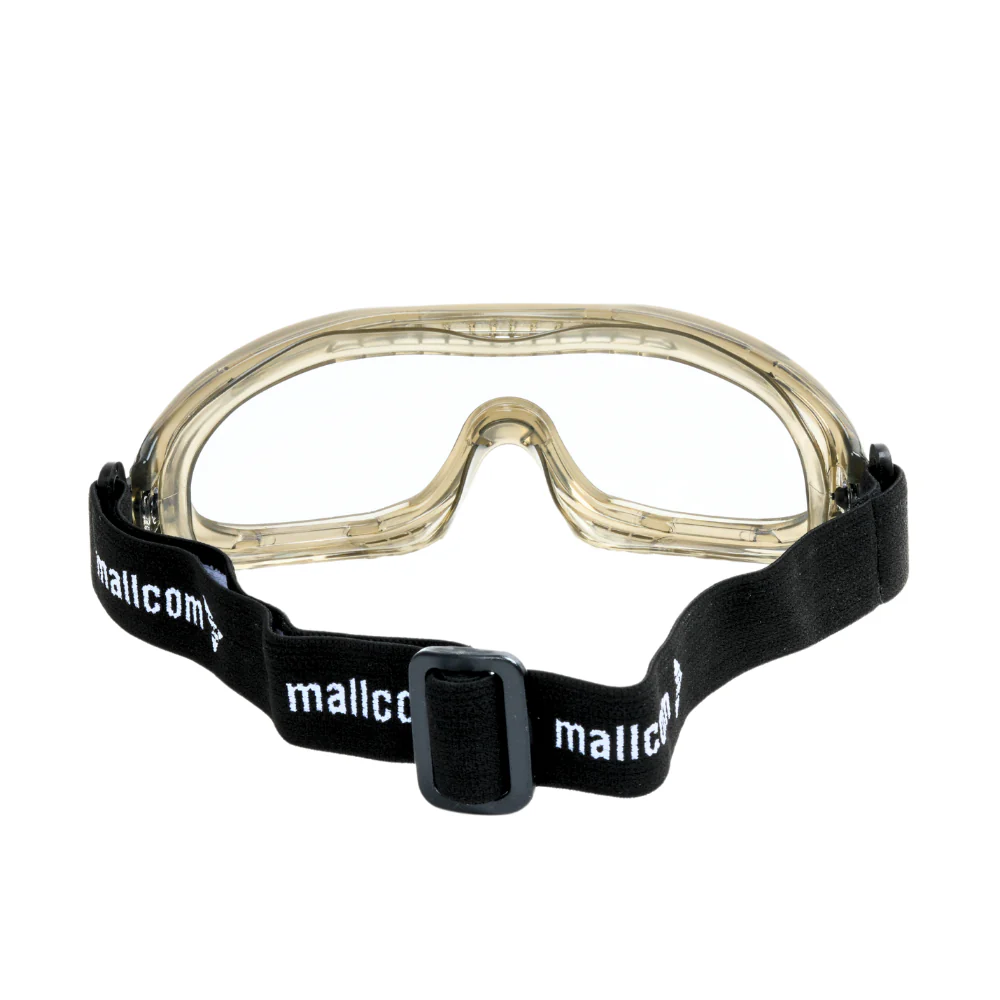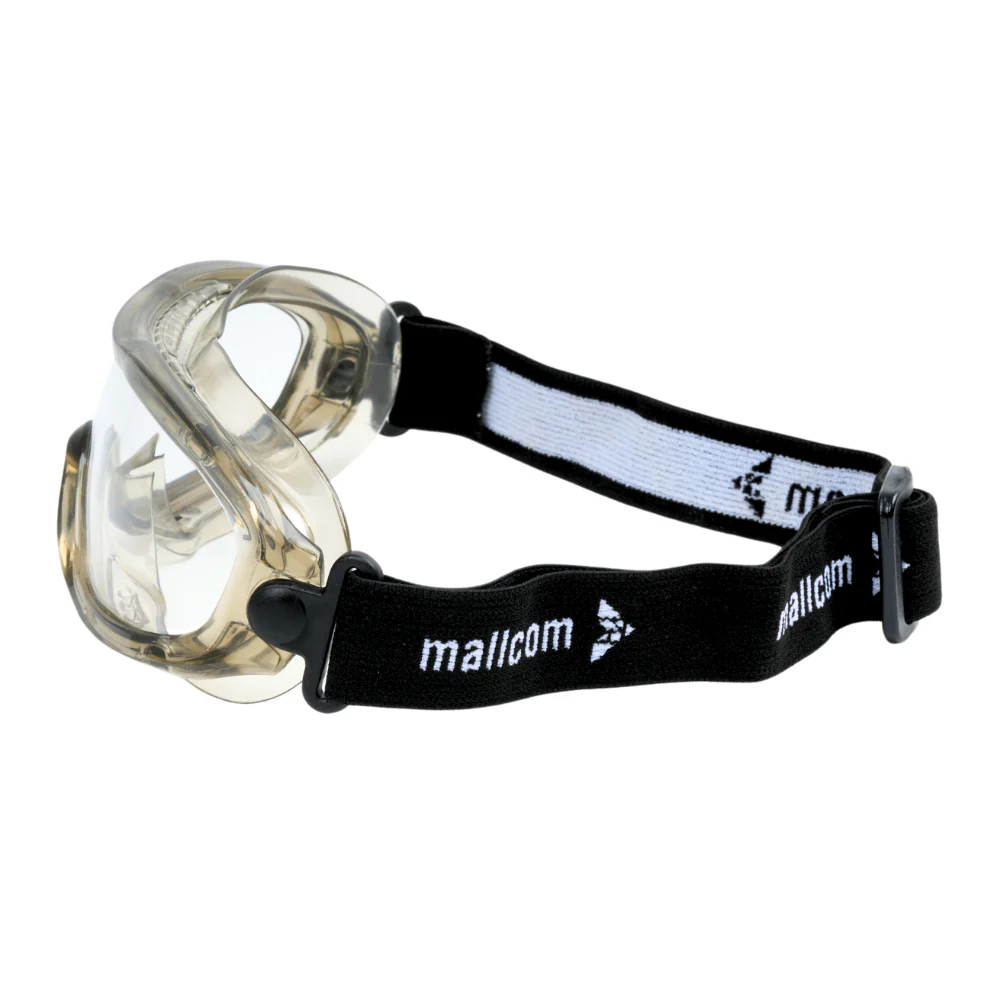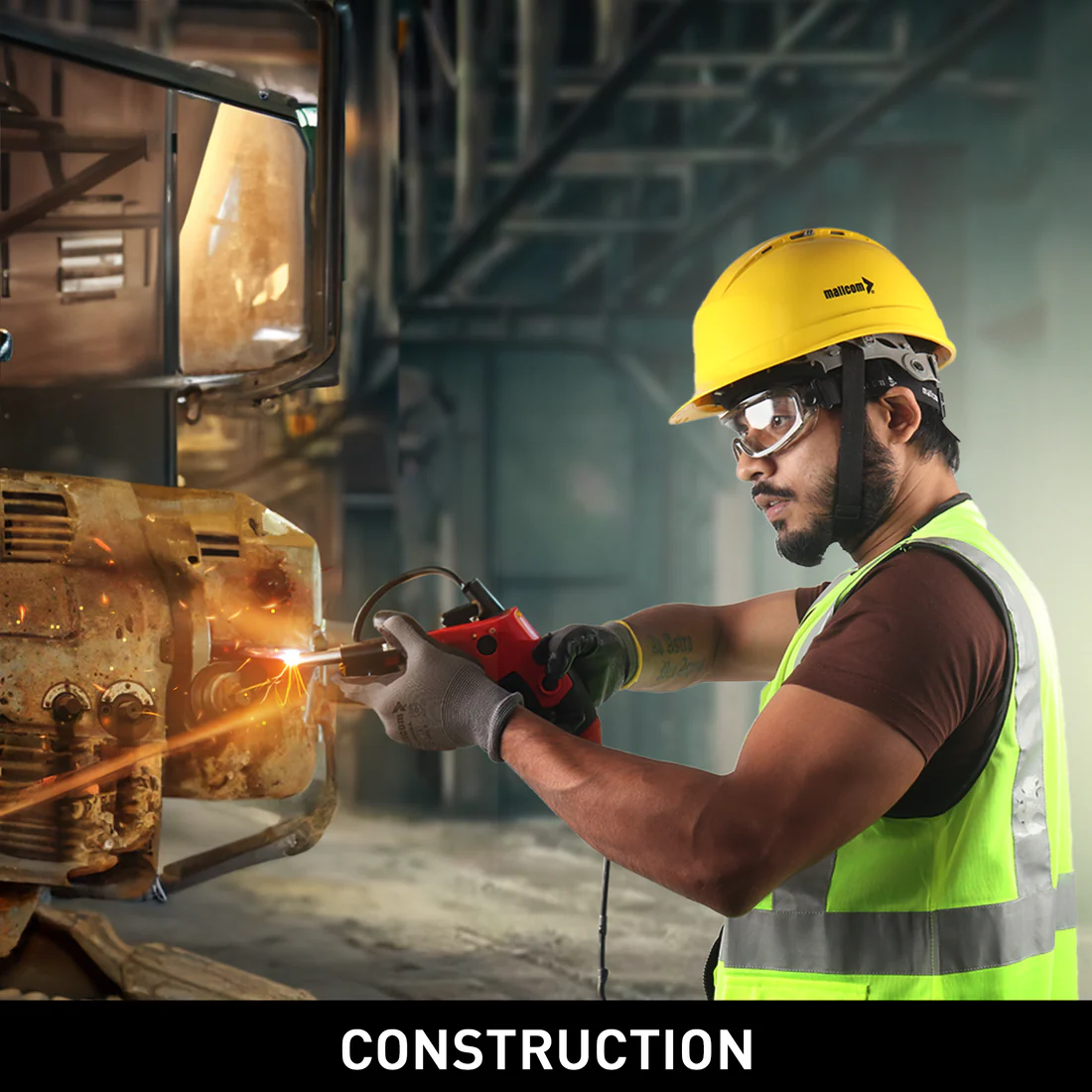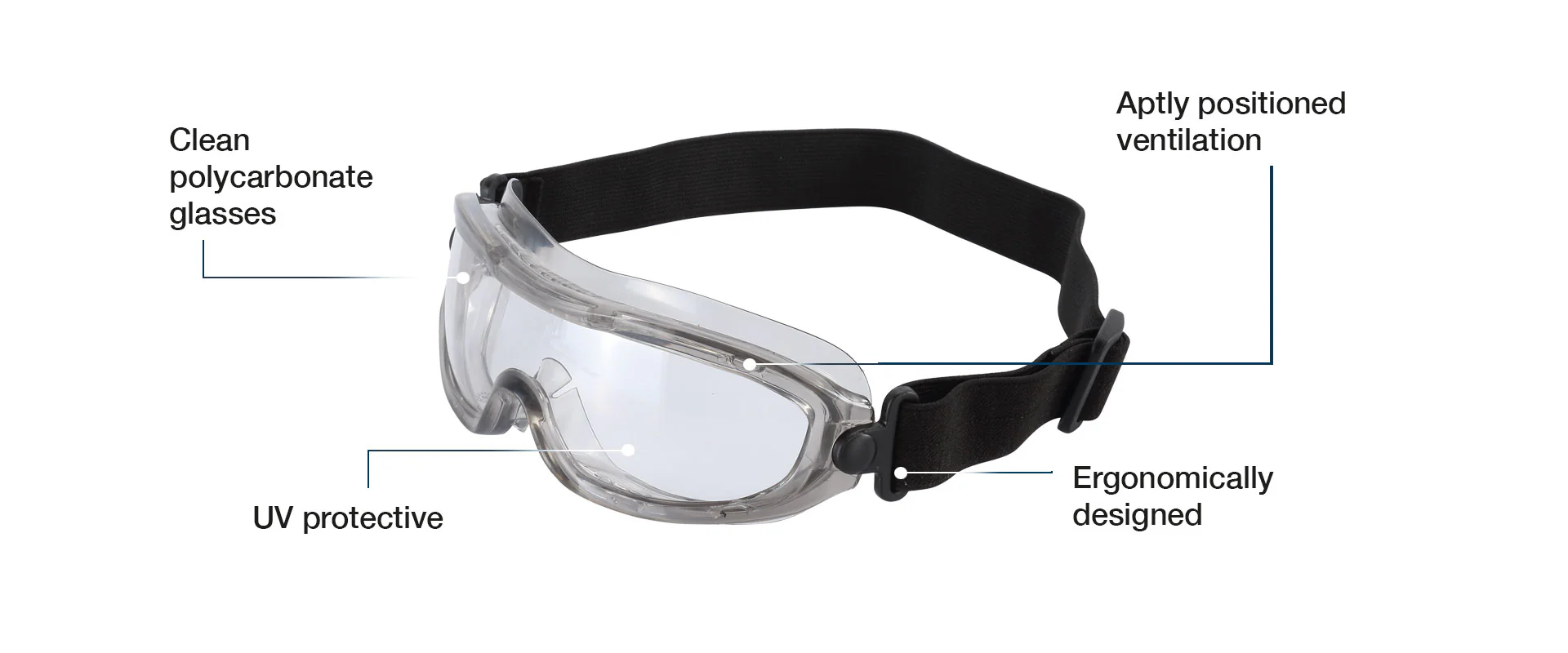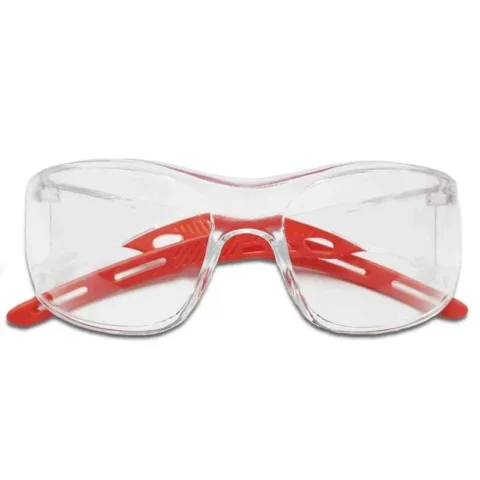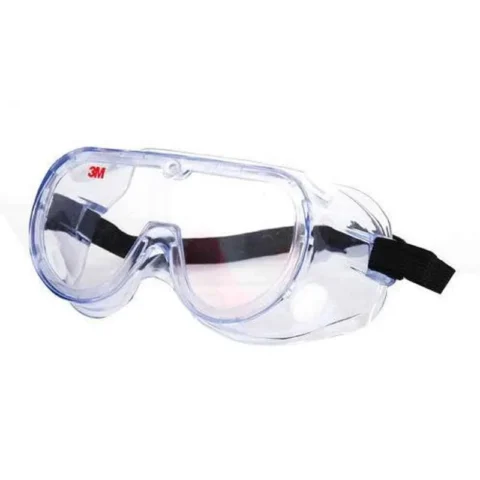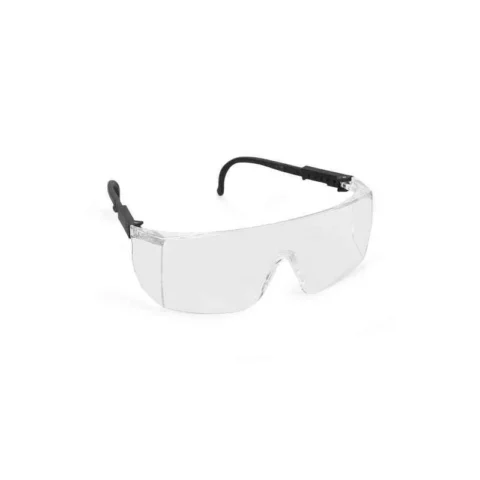Safety Goggles
- SAFETY GOGGLES – The clean polycarbonate glasses in this design offer exceptional clarity, ensuring wearers can see with precision and accuracy. Made from toughened polycarbonate, these glasses are durable and resistant to damage, providing long-lasting use and reliability. The UV protective ventilation is strategically positioned to shield the eyes from harmful rays while maintaining proper airflow, enhancing comfort during wear
- DESIGNED WITH VERSATILITY IN MIND – The flexible PVC frame offers a comfortable fit for various face shapes and sizes. This adaptable frame ensures a secure yet comfortable fit, allowing wearers to focus on tasks without distractions. The strap design further enhances adjustability, accommodating the unique preferences and needs of each wearer. Whether for sports, work, or recreational activities, this design offers customizable comfort and performance
- PROTECTION SAFETY & PROTECTION – With a focus on safety, the clear polycarbonate glasses prioritize protection for the eyes in diverse environments. Suitable for use in settings ranging from construction sites to recreational activities, these glasses offer reliable eye protection against potential hazards. Wearers can have peace of mind knowing their eyes are shielded from debris, UV rays, and other dangers, enhancing overall safety and well-being.
- HIGH DEMAND – The demand for this model is heightened by its flexible strap, which enhances comfort and usability for wearers. With a focus on user-centric design, this eyewear prioritizes adjustability and convenience, ensuring an optimal fit for individuals of all ages and lifestyles. Whether for professional or recreational use, the clear vision and protective features of this design make it a versatile and highly sought-after choice in the eyewear market.
Test Conducted
- The optical tests detailed in EN 167 ensure that no form of protective eyewear will unacceptably distort or restrict the wearer’s vision, and include checking for spherical, astigmatic and prismatic refractive powers. Other test methods include assessment of light diffusion and variations in luminance transmittance.
- A transmittance of light is an important parameter. Measurements have shown that ordinary reading glasses with no protective properties may reduce the light reaching the eye by around 10 percent and lightly tinted reading glasses can reduce light by 40 percent. Protective eyewear can similarly reduce vision in low light conditions. The measuring equipment used provides a highly controlled beam of light that is collected by a detector. The detector is calibrated for 100 percent transmittance with no ocular (the transparent glass or plastic component) in position. The ocular is then placed in front of the detector to interrupt the light beam and the reduced light collected is measured.
- Non-optical tests covered in EN 168 include a field of vision to ensure that frames do not unacceptably impede peripheral vision.
- Physical property tests ensure that the eyewear provides the mechanical protection claimed and remains fit for use after normal wear and tear.
- Safety eyewear is tested for resistance to ignition using a heated probe at 650ºC. A steel rod is heated to the required temperature and the heated end face is pressed onto all parts of the test sample except elastic headbands and textile edgings.
- As an absolute minimum for robustness, oculars must withstand a force of 100N (approximately 10kg) applied via a 122mm diameter steel ball, without breakage or excessive deflection. Where increased robustness is needed, the steel ball is projected to impact the defined points on the frame and oculars under high and low-temperature conditions (55ºC +/- 2ºC and -5ºC +/- 2ºC).
- Corrosion resistance tests involve immersing the sample in a solution of sodium chloride (salt) at both boiling point and room temperature. The sample is then dried off and checked visually 24 hours later for any corrosion. Other tests include assessing the usability of the eye protector after exposure to ultraviolet light originating from strong sunlight or welding arcs.
